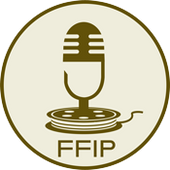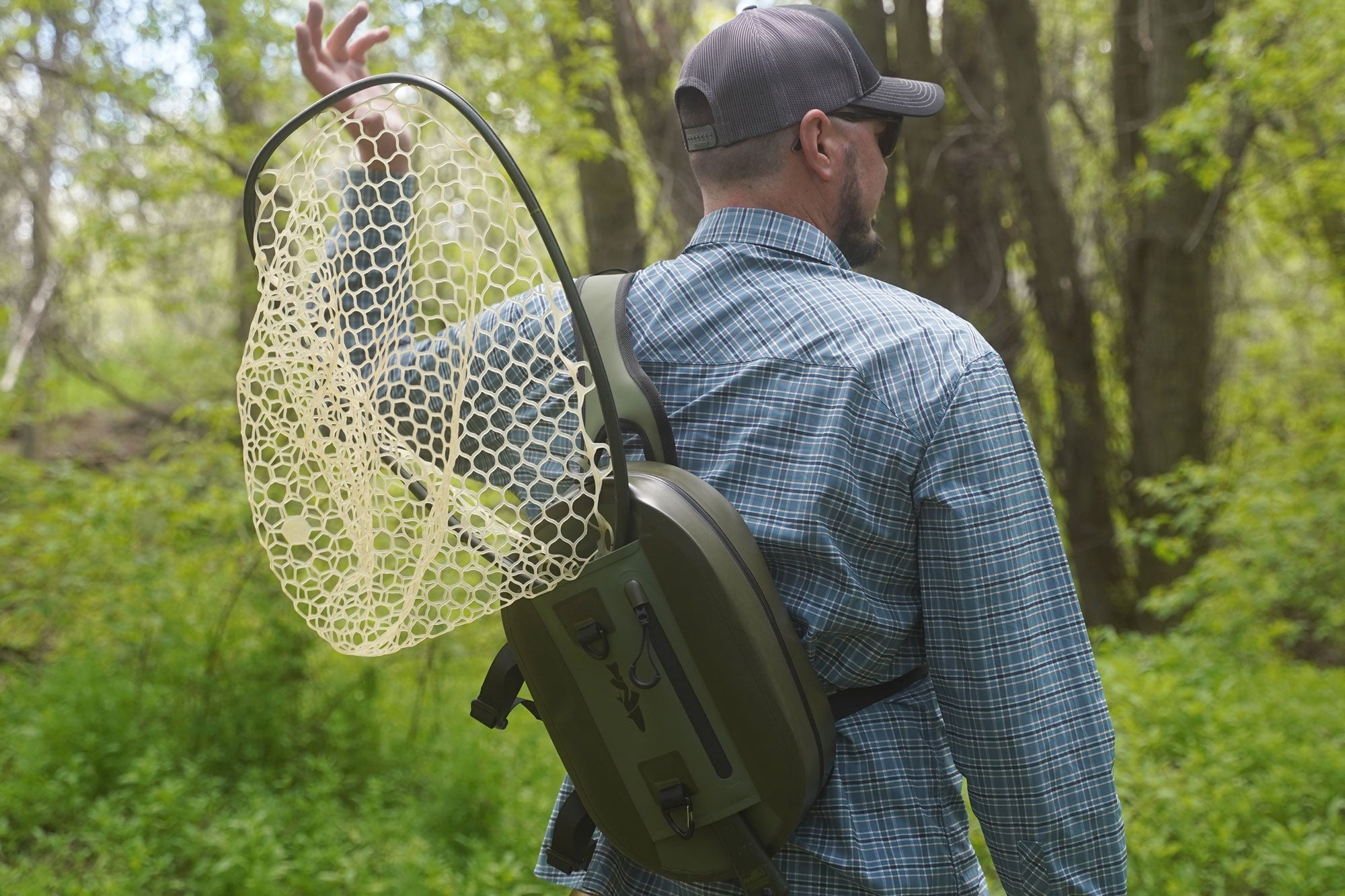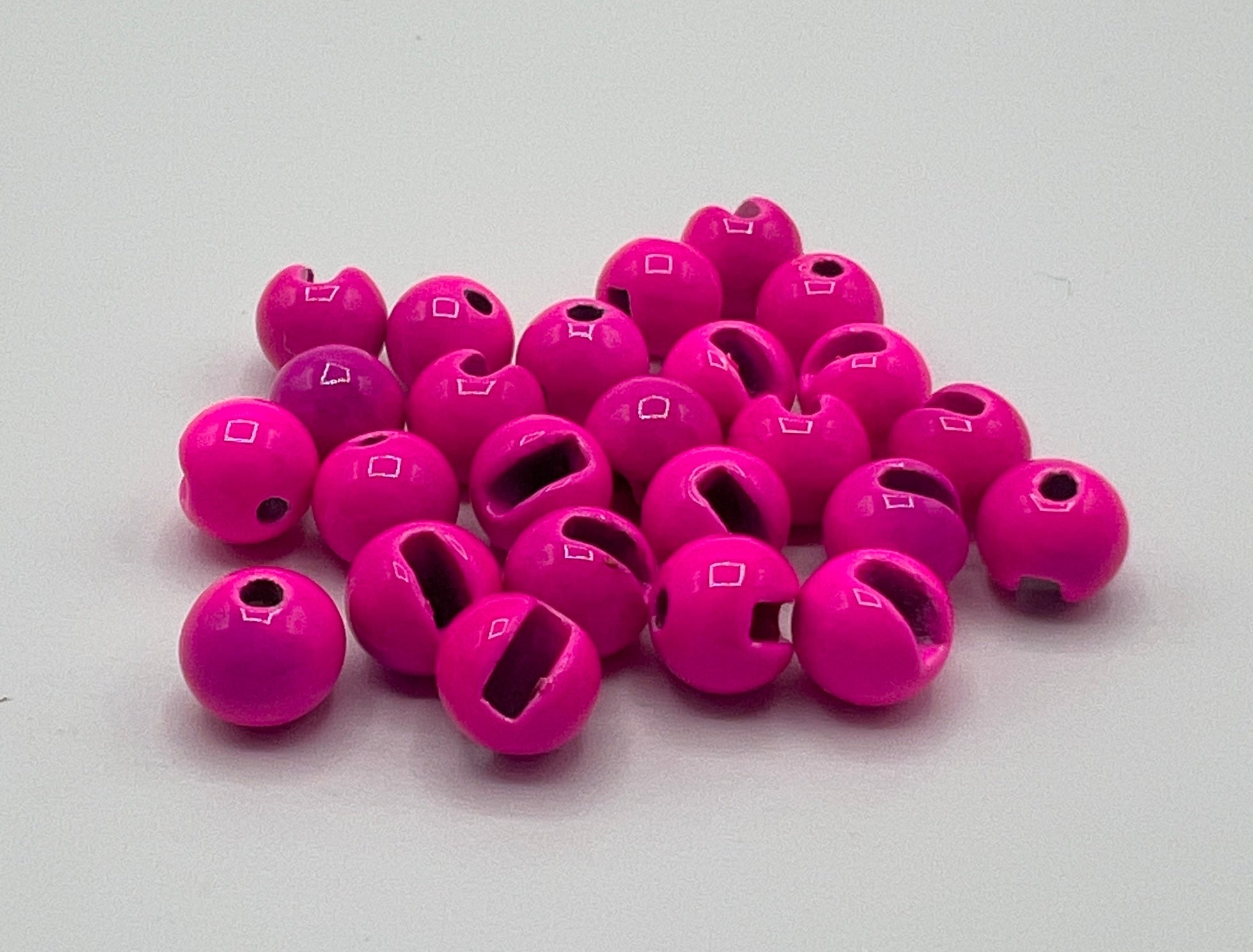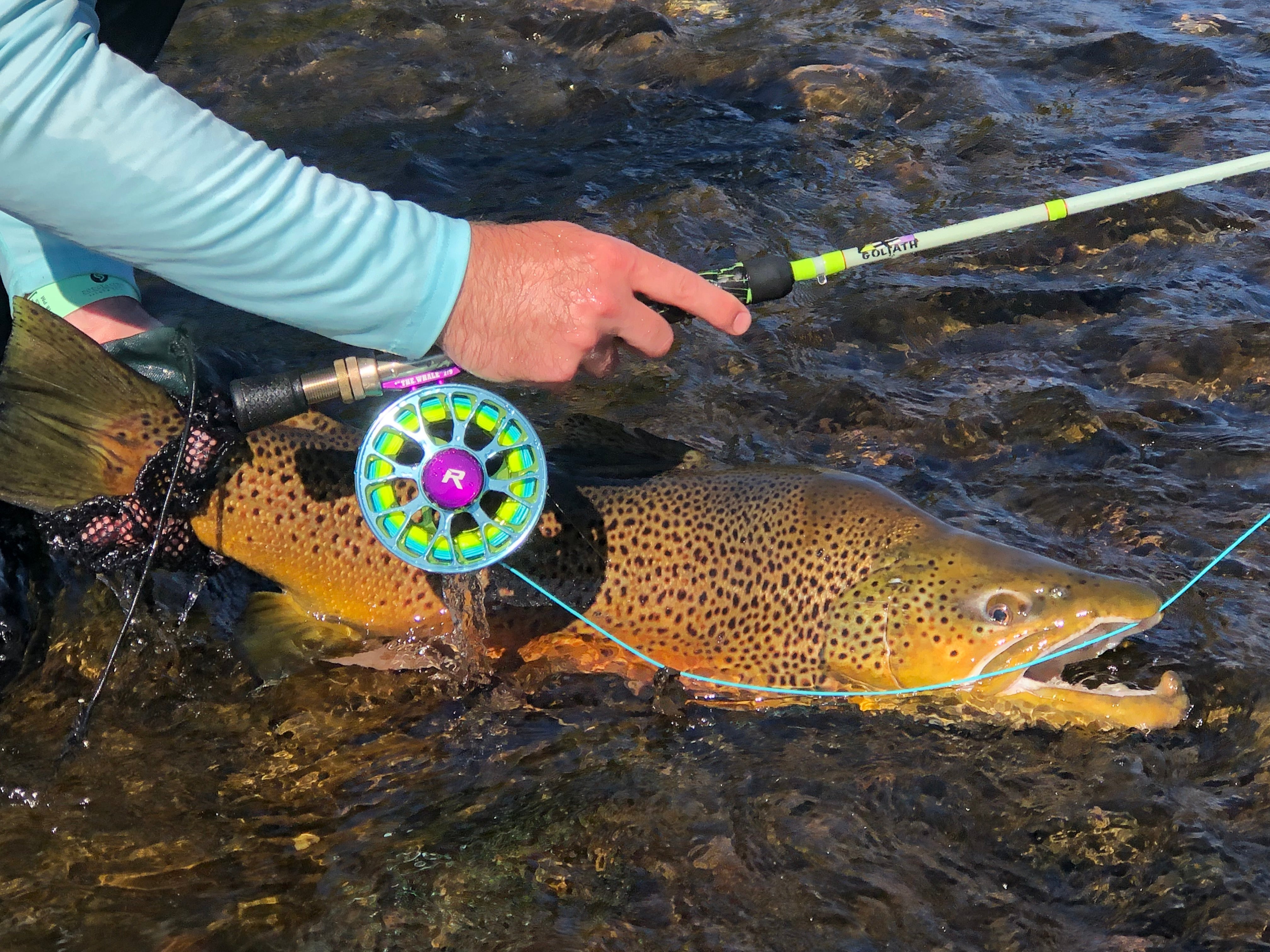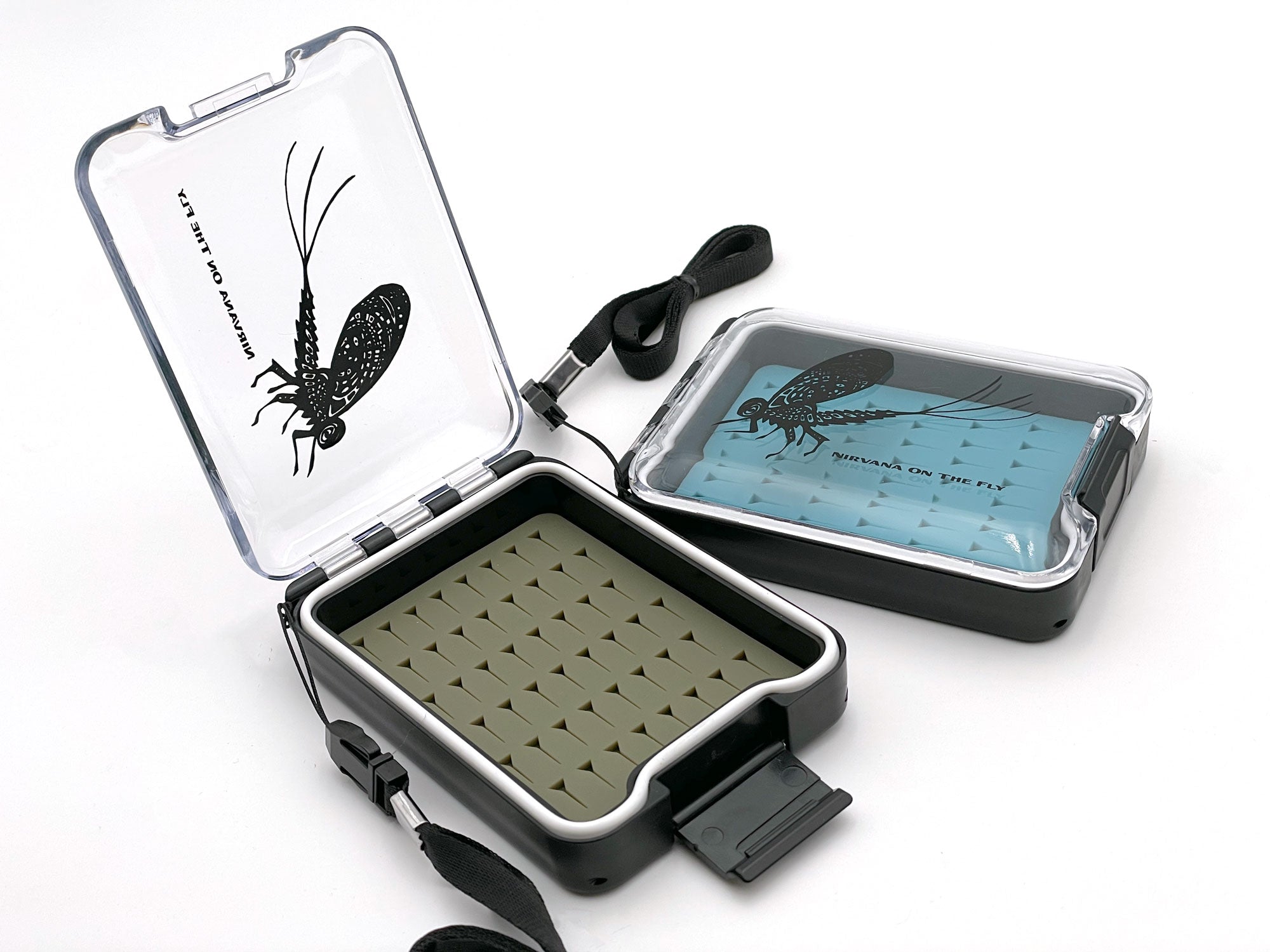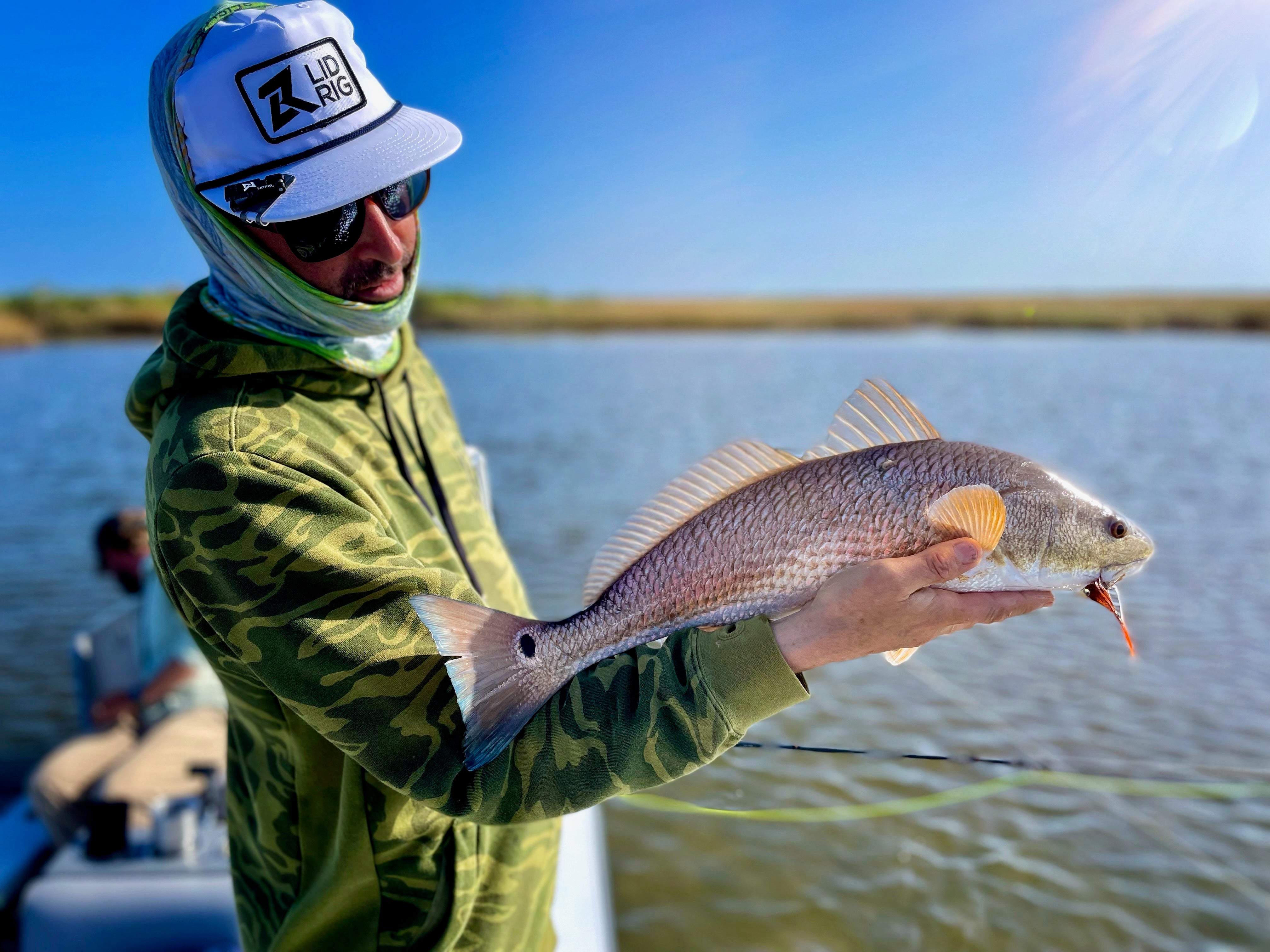Fly fishing is a delicate art that requires the right balance of equipment, technique, and knowledge. One of the critical components of this balance is weight. I’ve mentioned it before but the most common mistake of anglers is not getting deep enough and deep enough fast enough. In this blog post, we’ll explore the pros and cons of various fly fishing weights and their specific applications. I've included links to videos for you to help clarify any questions and give you a few example ideas.
Lead Split Shot Fly Fishing Weights
Pros: Lead split shots are inexpensive and easy to use. One thing that is nice about lead is you can apply it directly to the line. There is unlimited positioning and adjustment to the weight can be always made by applying more or taking it off.
Cons: Lead is toxic and can be harmful to the environment. Additionally, lead split shots can weaken the line where they’re attached, potentially leading to breakage. It can also be a bit troublesome getting it on and more troublesome getting it off.
Best For: Quick adjustments when fishing in varying depths. Most anglers use it in nymphing techniques. It can also be used in a pinch to help with bringing down streamers.
Tin Split Shot
Pros: Tin split shots are an environmentally friendly alternative to lead. They offer similar functionality without the environmental impact.
Cons: Tin is not as dense as lead, so more weight may be needed to achieve the same effect. Tin split shots can also be more expensive than their lead counterparts.
Best For: Environmentally conscious anglers who need to adjust weight frequently.
Cone Heads as Fly Fishing Weights
Pros: Cone heads add weight to the fly without adding bulk, helping the fly sink faster. They also create a jigging motion that can attract when fly fishing. Purchasing them in lead can be quite inexpensive.
Cons: Cone heads can make the fly more difficult to cast, especially for beginners. If you are using tungsten coneheads the weight is nice but the expense is high if you lose them.
Best For: Deep water fly fishing and attracting fish with movement.
Here is a tip I like cone heads for when fishing streamers.
Tungsten Puddy
Pros: Tungsten puddy is moldable, allowing for precise weight adjustments. It’s reusable, cost-effective, less toxic than lead, and can be adjusted very quickly.
Cons: Tungsten puddy can be knocked off during casting, and is more expensive than traditional split shot weight.
Best For: Custom weight adjustments and environmentally conscious anglers.
Sinking Lines and Leaders
Pros: Weighted lines make fasting a bit easier, create a full-contact fishing scenario, and have succinct weight options so you can manage depth. In addition, weight can be used with sinking lines.
Cons: Collecting and utilizing various sinking line formats can be an albatross.
Best For: Stillwater and streamer fishing tactics.
Heavily Weighted Flies
Pros: Heavily weighted flies provide quick sink rates, making them great for fishing in deep and or faster water. They can also be tied in a variety of patterns to mimic different types of prey, which includes skinnier or smother patterns also affecting sink rate.
Cons: Heavily weighted flies can be more difficult to cast, especially for beginners. Because they sink so fast, they can also end up in bottom snags more often. Lastly, the tungsten beads are expensive.
Best For: Deep and fast water fly fishing and mimicking a wide range of prey.
The type of weight you choose for fly fishing depends on a variety of factors, including the fishing conditions, the type of fish you’re targeting, and your personal preferences. By understanding the pros and cons of each type of weight, you can make an informed decision. Where weight becomes deadly to an angler is understanding that it is required to achieve depth. So now that you know you need weight you can start applying multiple methods to do the following. Get down deeper, get down faster, and achieve less friction or effect from the current. Remember the number one error by anglers is not getting deep enough. Always manage your weight first and you will instantly become a better angler.
Read this article on the various types of contact fishing.
Download the Tips and Tricks eBook
***Do you want to get deals on equipment, fly fishing trips, and lots of information? Become a member of the Loyalty Club on the Fly Fishing Insider Podcast.

By Christian Bacasa
Host of the Fly Fishing Insider Podcast
Fly Fishing Insider Podcast Official Website
Instagram Fly Fishing Insider Podcast
Instagram Dupeafish
Facebook
Pinterest
Twitter
LinkedIn
Tumblr
